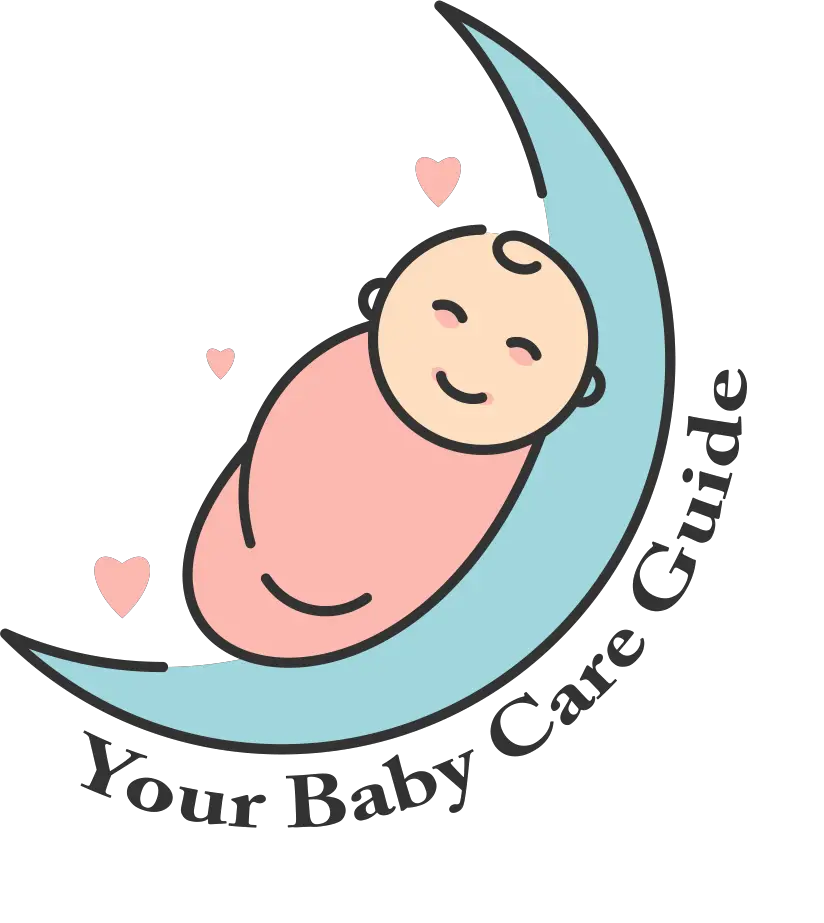A congested nose in a newborn is very common. It can make feeding and sleeping more difficult and affects your child’s sleep. A congested nose in newborn baby has a weak immune system and is susceptible to many illnesses. Your newborn’s nose may be running, but it’s not something to panic over – there are ways to help. Below are some tips to ensure your baby is as comfortable as possible.
A humidifier or saline nasal spray may help with the congestion. Also, a humidifier can make the mucus easier to remove. Make sure to wash your hands after touching the baby or the mucus to prevent illness. And remember to call your pediatrician if you think your child has a cold or another infectious disease.
Saline spray or drops are easy to clear a congested baby’s nasal passages. You can get these items at any drugstore or pharmacy. You can put one drop in each nostril, squeeze it and slowly release it to suction out the mucus. Ensure you wash everything you use for your baby, especially the saline spray, so it does not irritate your child’s sensitive skin.
A warm bath will help clear up your baby’s congested nose. You can also give your baby a saline spray or a nasal syringe, soft rubber bulbs that can help the baby breathe. They also make breathing easier and can help your baby sleep through the night. This will also help with the congestion. But you should be careful and avoid using these methods for too long.
Keeping your baby comfortable is essential, but if the congestion persists, see your pediatrician immediately. Congestion in babies is a common problem in newborns and is not caused by a cold. Your baby may sound snuffly and sneeze to get rid of the excess fluid in their nose. If it persists for more than a few days, you should visit your pediatrician or emergency room.
Read More: Vomiting After Feeding in Newborns
You should contact your pediatrician if your baby’s condition is severe and your baby is not wetting their diapers. Your baby’s temperature may be high, indicating undereating or dehydration. Your baby should also see a doctor if you notice a fever or unusual symptoms. The doctor will assess your child and provide other care. Acute congestion can be very dangerous for your baby, so consult your pediatrician if you suspect it is severe or your baby is experiencing fever.
Another method to relieve mucus in a baby’s nasal cavity is to use a nasal aspirator. This device looks like a drop applicator but is designed to draw things in. It should be placed in a baby’s nostril and released to clear excess mucus from the sinuses. Nasal massage is also an effective way to loosen substances that may be clogging your baby’s nasal cavity.
Cold symptoms in a child can mimic the symptoms of other children in your home or at child care. A cough will be present, and the nasal discharge will be gray, yellow, or green. Most children will experience a fever at the beginning of their cold symptoms. Symptoms may also include watery eyes, hoarse voices, and swollen lymph nodes in their neck.
Another method to relieve congestion in a child’s nasal cavity is irrigation with saline. Nasal irrigation is believed to help alleviate the symptoms of a viral upper respiratory tract infection (URTI). This method reduces congestion and contributes to better breathing. A study of non-pharmacological treatments for nasal congestion also examined the safety of nasal aspirators. You can also contact a pediatrician if you are concerned about your child’s congested nose.

